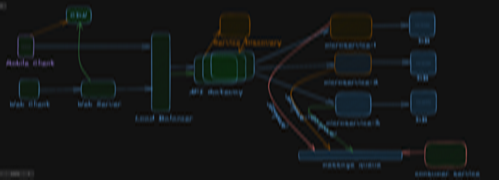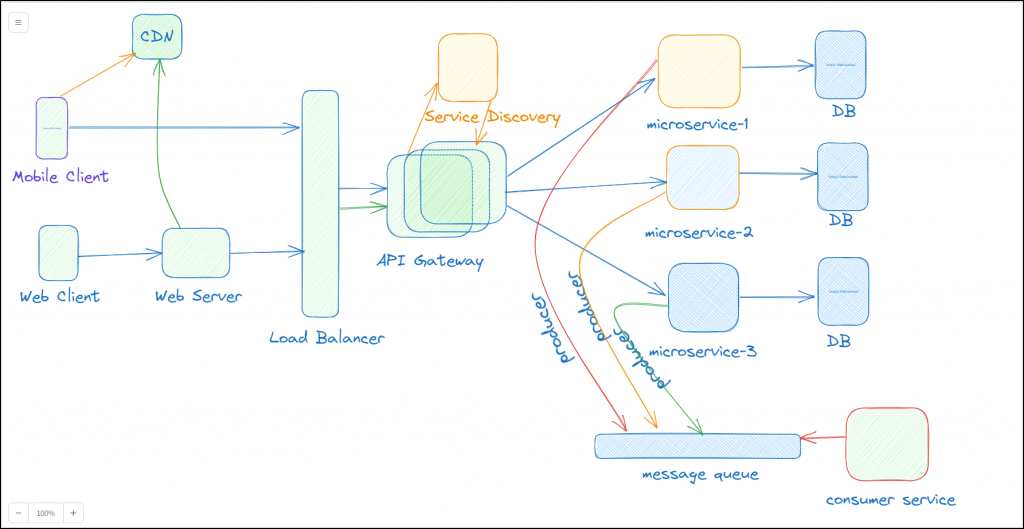

A Generic Software Architecture provides a structured approach to designing scalable, maintainable, and modular applications. It typically consists of multiple layers, ensuring clear separation of concerns and ease of development.
Key Components:
- Client Layer (Frontend):
- User interface and experience (UI/UX)
- Interacts with the backend via APIs
- Technologies: Angular, React, Vue.js
- API Gateway:
- Handles client requests efficiently
- Provides authentication, logging, and rate limiting
- Example: AWS API Gateway, Kong, NGINX
- Backend (Business Logic Layer):
- Processes requests and implements business logic
- Follows microservices or monolithic architecture
- Frameworks: Spring Boot, Node.js, Django
- Database Layer:
- Stores structured and unstructured data
- Uses relational (MySQL, PostgreSQL) or NoSQL (MongoDB, DynamoDB) databases
- Caching & Messaging:
- Enhances performance and reliability
- Caching: Redis, Memcached
- Messaging: Kafka, RabbitMQ
- Infrastructure & Deployment:
- Hosted on cloud platforms like AWS, Azure, GCP
- Uses CI/CD pipelines for automated deployment
- Containerized with Docker & orchestrated via Kubernetes/ECS
This architecture ensures scalability, security, and maintainability, making it adaptable for various software solutions.
